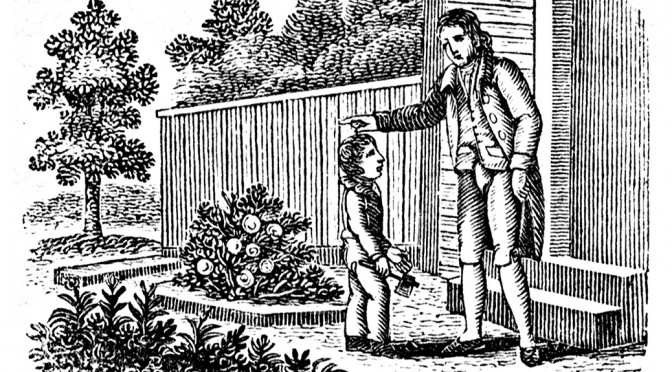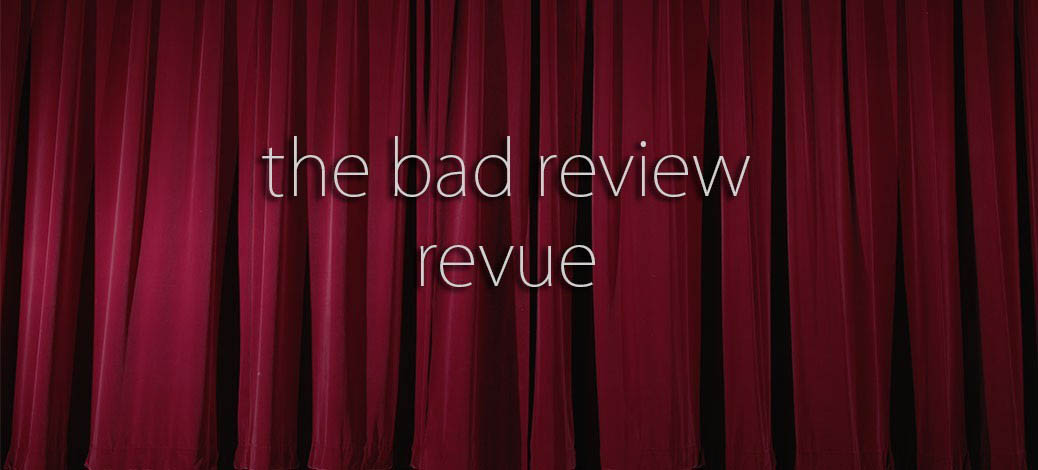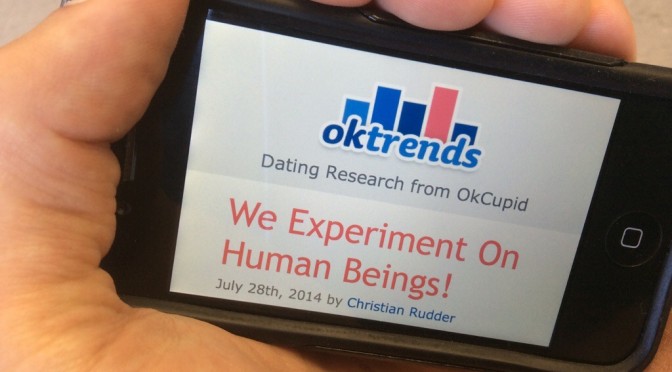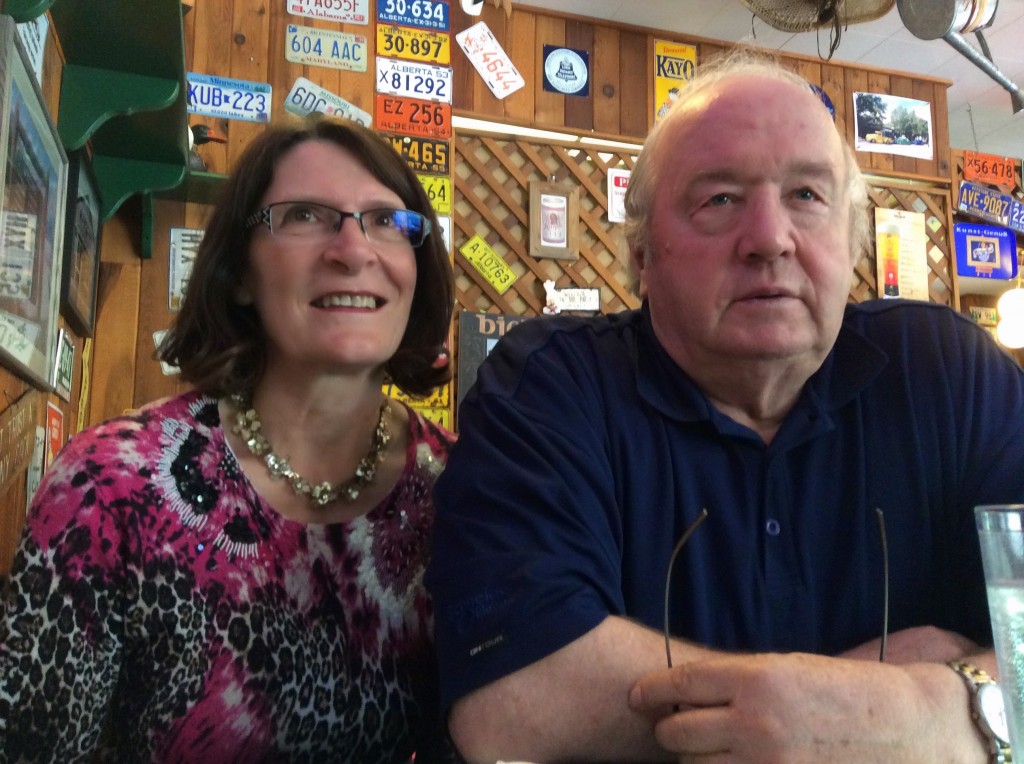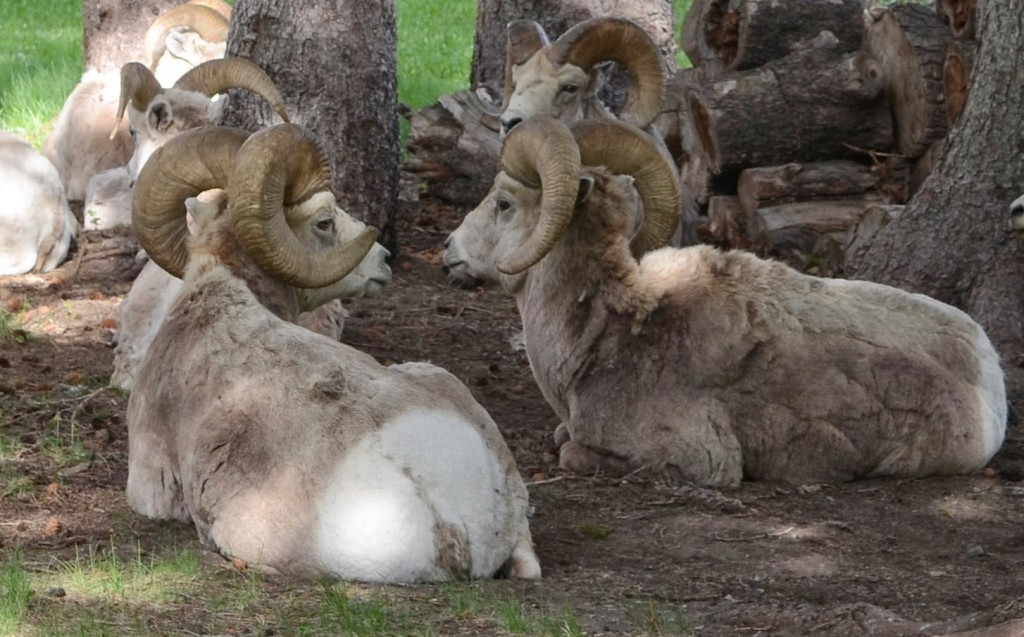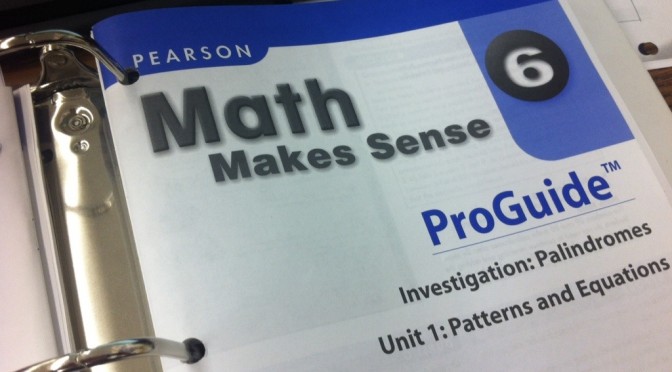It turns out gender matters in our ability to recognize certain types of words. I found it rang true for me; what the heck is “taffeta”? Before today, I probably wouldn’t even have identified as a real word.
The Center for Reading Research (a research group connected to the Department of Experimental Psychology of Ghent University) believes that to figure out how our brains are wired when it comes to reading, one must first look at our ability to identify real words. One result of their experiment is a list of words with the strongest identification disparity between men and women:
We listed the words with the biggest recognition gap between gender below, along with numbers in parenthesis showing the percentage of men who knew the word followed by the percentage of women.
Here are the words that men were most likely to recognize over women:
codec (88, 48)
solenoid (87, 54)
golem (89, 56)
mach (93, 63)
humvee (88, 58)
claymore (87, 58)
scimitar (86, 58)
kevlar (93, 65)
paladin (93, 66)
bolshevism (85, 60)
biped (86, 61)
dreadnought (90, 66)
Here are the words women are most likely to recognize over men:
taffeta (48, 87)
tresses (61, 93)
bottlebrush (58, 89)
flouncy (55, 86)
mascarpone (60, 90)
decoupage (56, 86)
progesterone (63, 92)
wisteria (61, 89)
taupe (66, 93)
flouncing (67, 94)
peony (70, 96)
bodice (71, 96)
The male words tend to center on transportation, weapons, and science, while the female words mostly relate to fashion, art, and flowers.
Read more at Business Insider.
Taffeta, by the way, is a crisp, smooth, plain woven fabric made from silk or cuprammonium rayons. The word is Persian in origin and means “twisted woven.”
Which list holds the majority of the words you recognize?
(Via)
